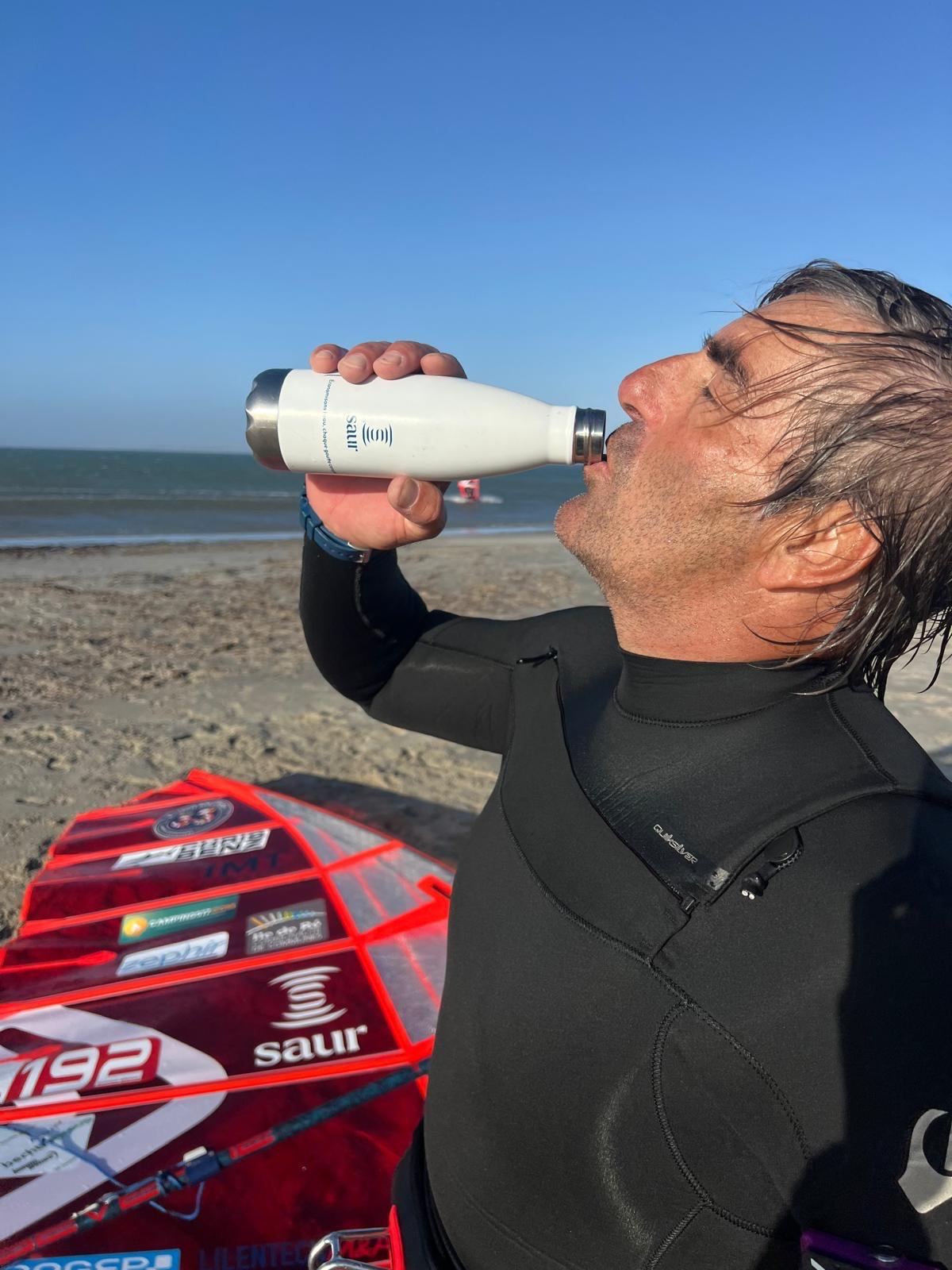Let's discover some of our iconic partnerships
All over the world, every partnership, from sports to music, from beaches to golf greens, becomes a place for action and exchange:
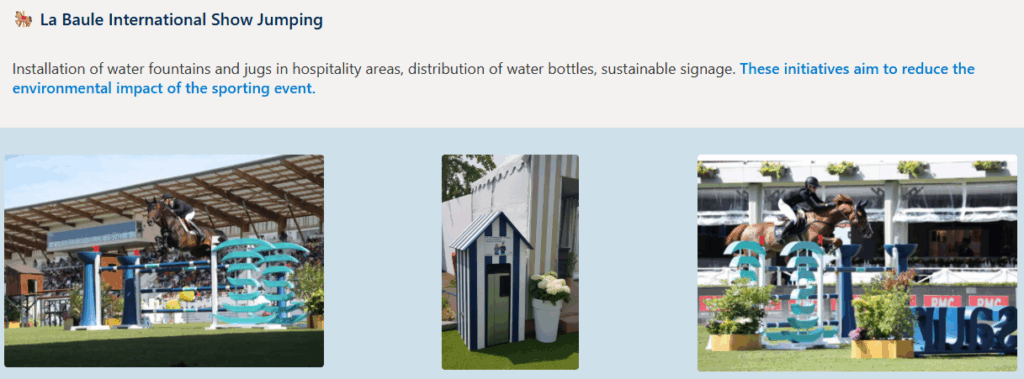
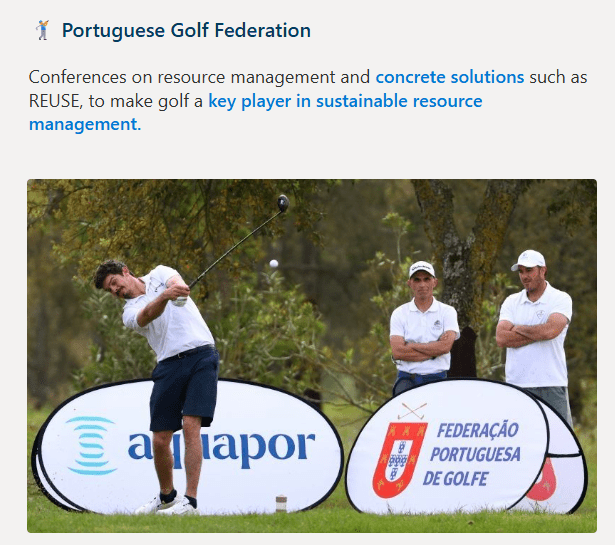

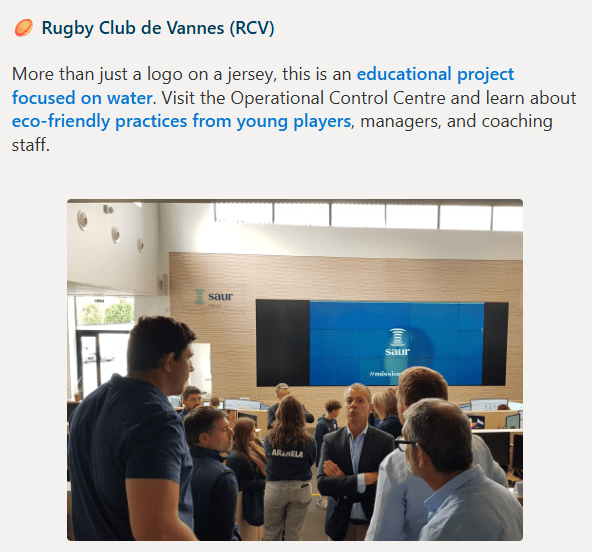
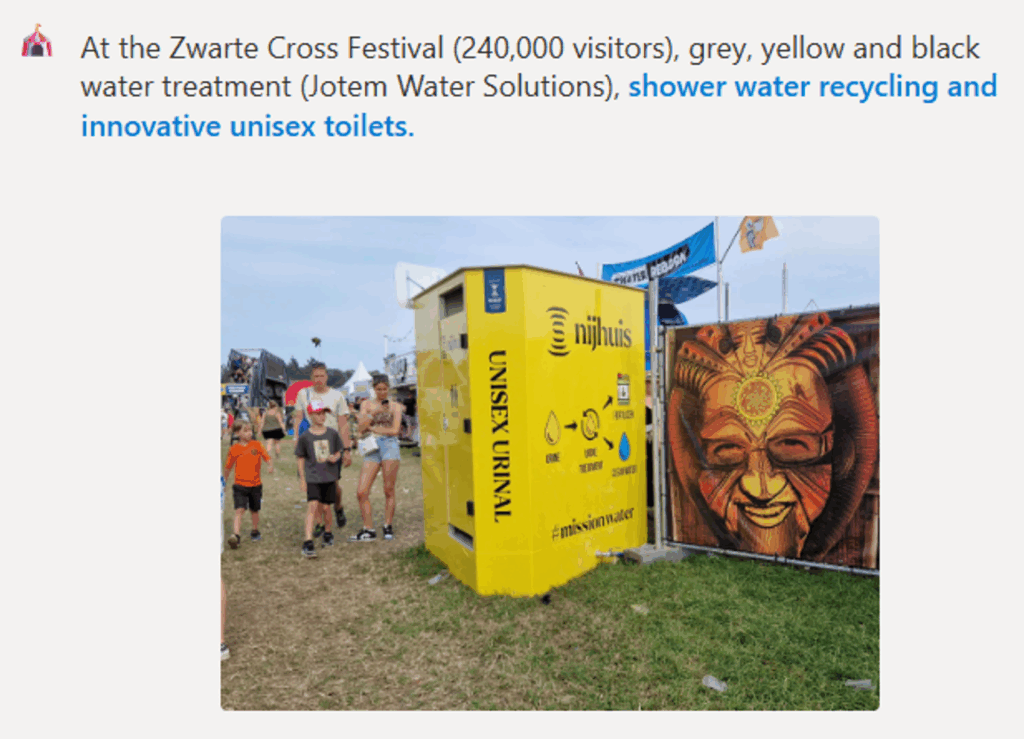
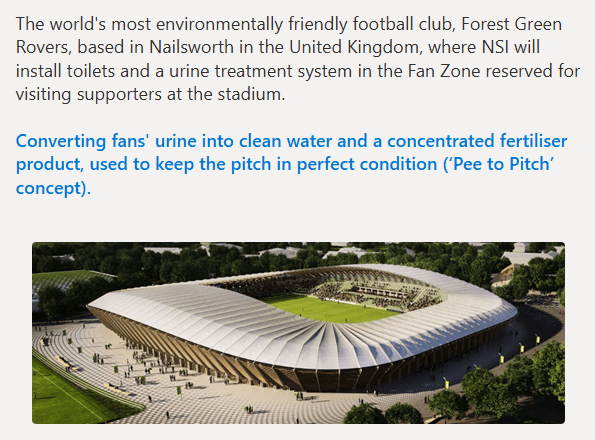
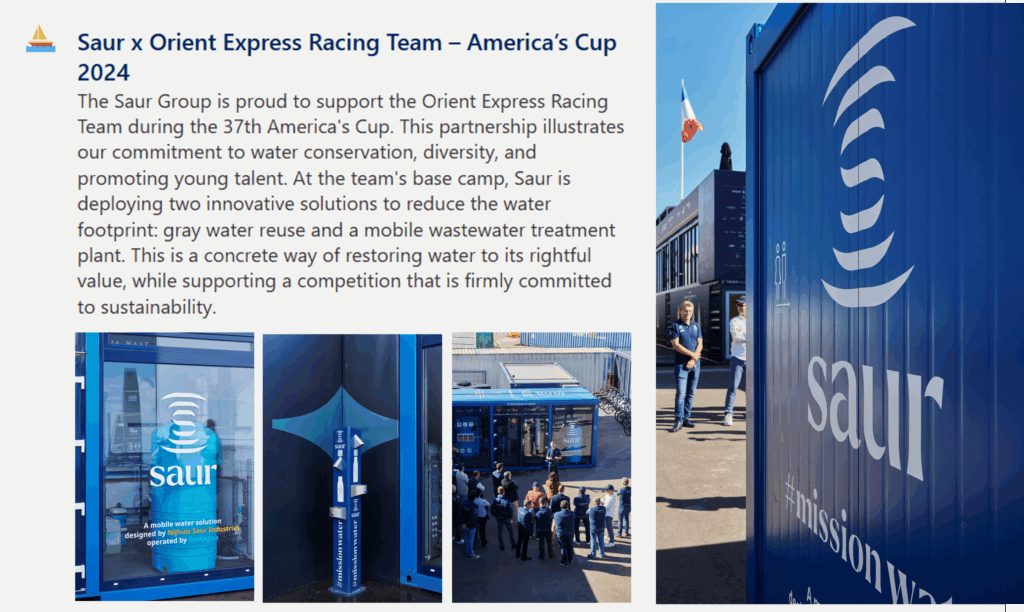

Our partnership strategy in key figures by 2030
100%
partnerships co-built together with our partners
+50%
partnerships incorporating concrete action on diversity
+30%
CSR awareness initiatives carried out at partner sites
Partnerships that reflect Who We Are. Our values are not slogans — they are the way we collaborate.
Every partnership at Saur is selected to protect water, empower people and accelerate ecological transition — guided by our values: Closeness. Passion. Impact. Agility.
CLOSENESS
We co-build hand-in-hand with our partners, staying close to the field and to people.
PASSION
We bring the energy and expertise of teams who deeply care about water and its challenges.
IMPACT
Each partnership must deliver tangible results for people and for the planet — otherwise, it has no reason to exist.
AGILITY
We move fast, test, learn, and adapt together.
and, creating positive and lasting impact, as for example,
Local ecological transition
Supporting communities in moving towards more sustainable water and resource management.
Resource conservation
Reducing consumption, protecting biodiversity, promoting circular water use.
Diversity and inclusion
Giving visibility and opportunity to all, across gender, age, background and ability.
Useful and impactful visibility
More than just a logo, a voice. We create content and initiatives that convey a collective message. Every activation must educate, inspire or serve — not just be seen.
A rigorous method for responsible choices
Our evaluation framework
Our partnerships are selected using a multi-criteria grid that guarantees their consistency, impact, and ethics.
Criteria: reputation, CSR commitment, innovation, cultural compatibility, financial stability, etc.
What we refuse
- Partnerships not aligned with our values and specifically environmental protection and diversity.
- Polluting activities (motorized rallies, events with a high carbon footprint).
- Animal mistreatment

Impact partnership: our objectives

Strategic alignment
Partnerships support our sustainable business model.
Community involvement
Strong local roots, support for initiatives close to the communities.
Environmental impact
Concrete actions to promote tap water, best practices, and limit carbon footprints.
Shared innovation
Collaboration with pioneering organizations in green technology.
Win-win partnership
Useful and actionable trade-offs, designed through co-construction.
Measure to progress by continuous assessment :
We measure the impact of our partnerships using specific indicators:
- Brand awareness and engagement
- Environmental and social impact
- Interaction rate/media presence
- Behavioral changes (drinking tap water, recycling, sustainable transportation, etc.)
before, during, after.

Highlighting partnerships in a different way: creative activation and useful impact
Eco-friendly actions on site
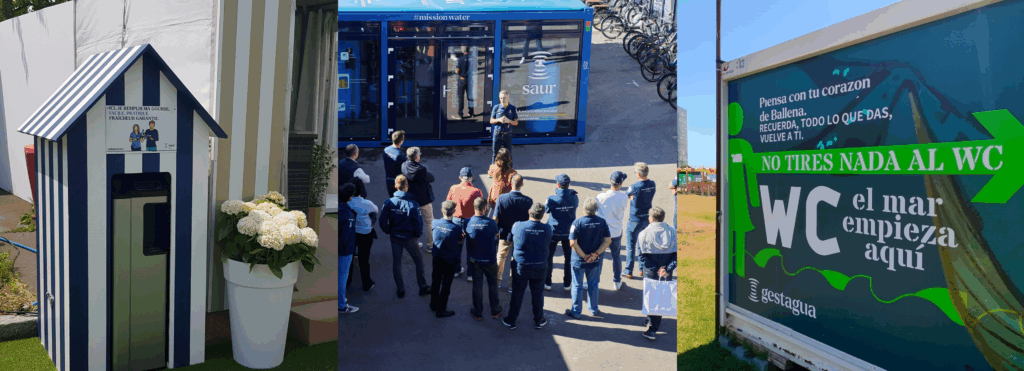
Inspiring content with our partners
Videos, podcasts, testimonials from committed athletes for example, local web series….
Watch the video of our commitment alongside Orient Express Racing Team, which fully illustrates our sponsoring strategy, as well as our historical commitment to Rugby Club de Vannes, featuring a resource awareness session during their visit to one of our Operational Control Centers.
Activities at key events
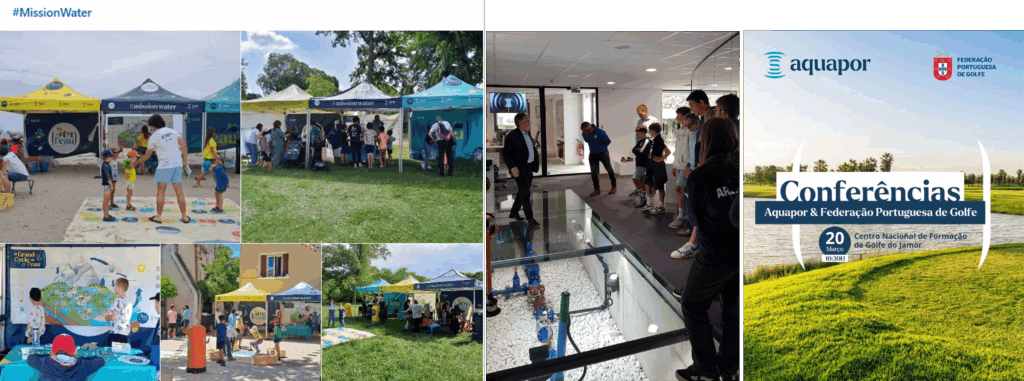
Educational stands, educational games, workshops for children, or management of a sport federation.

